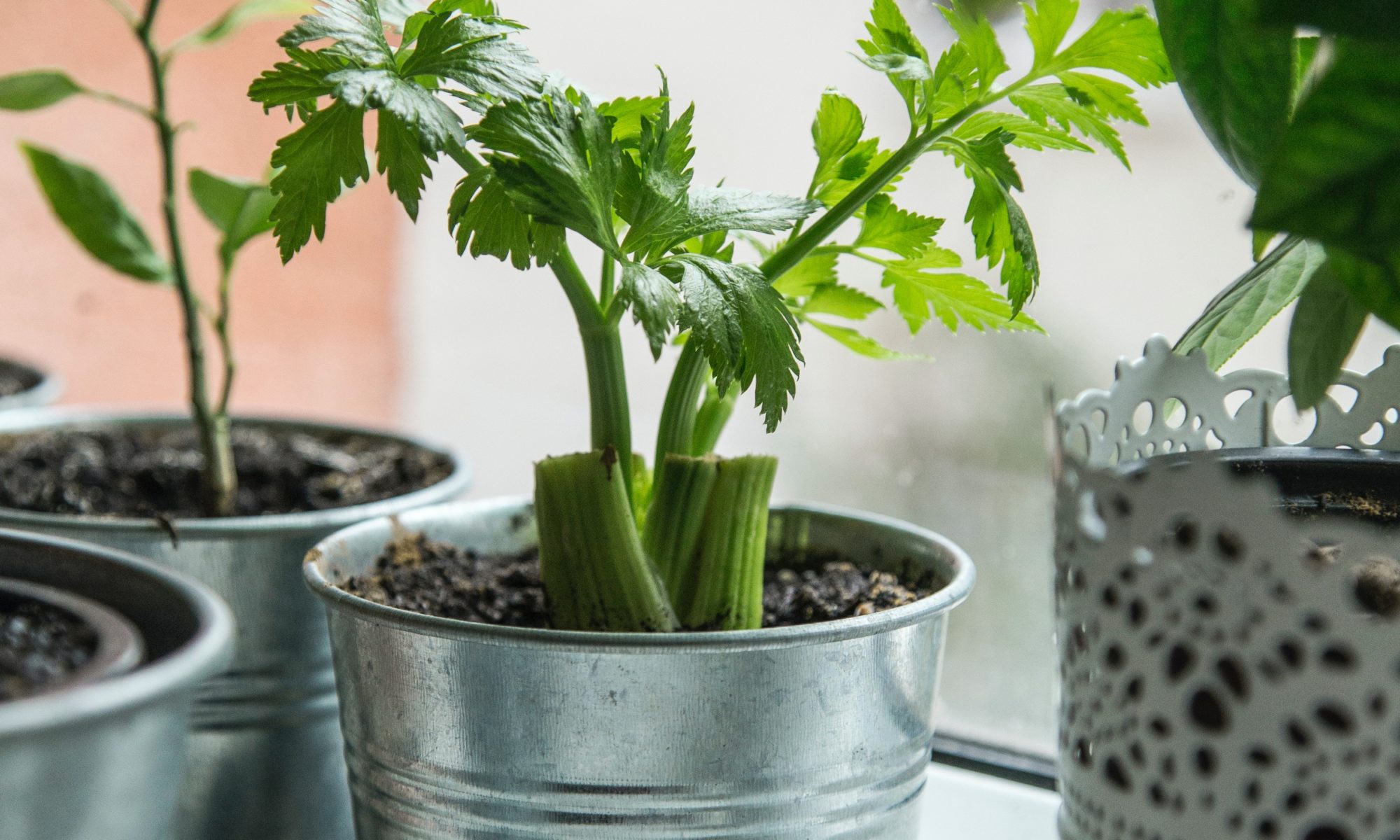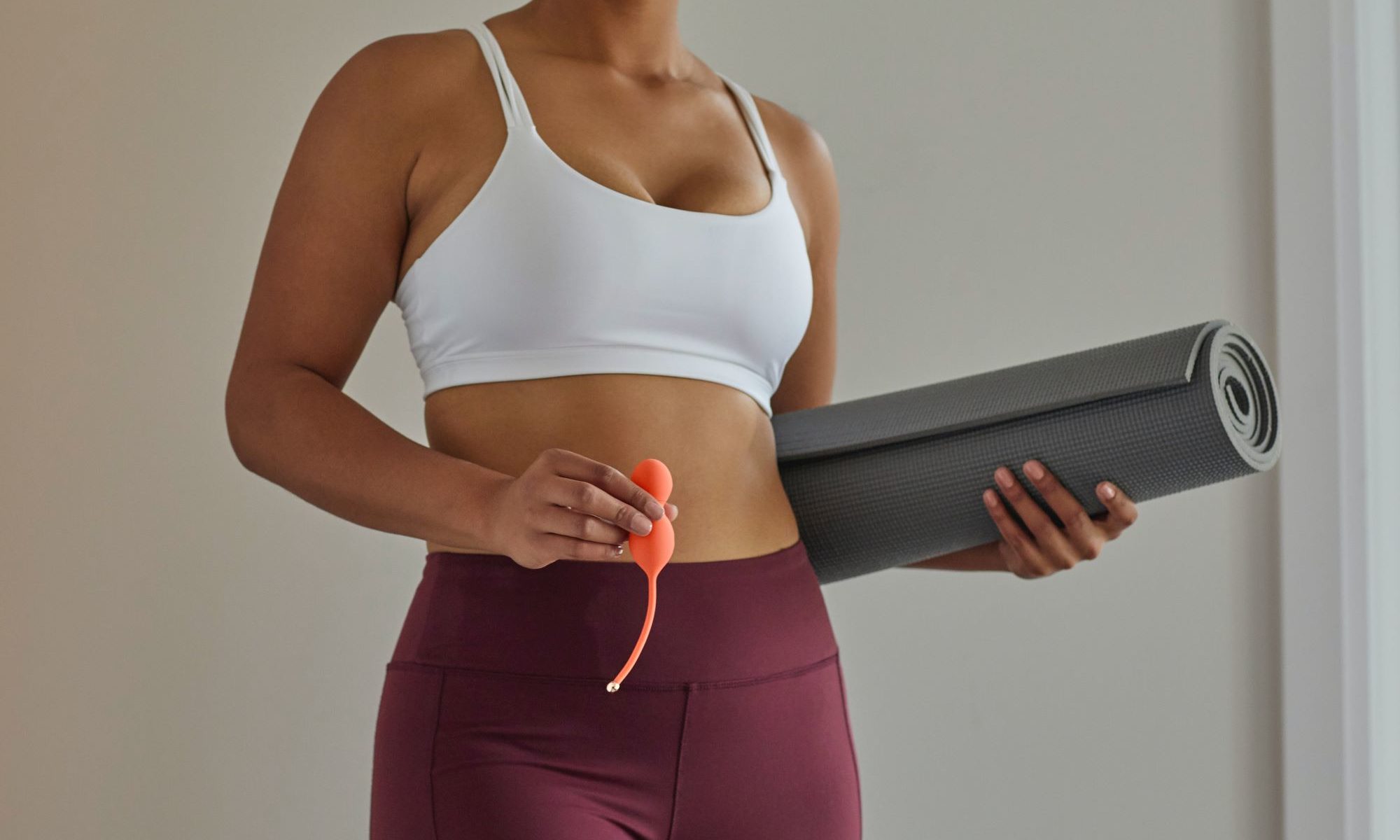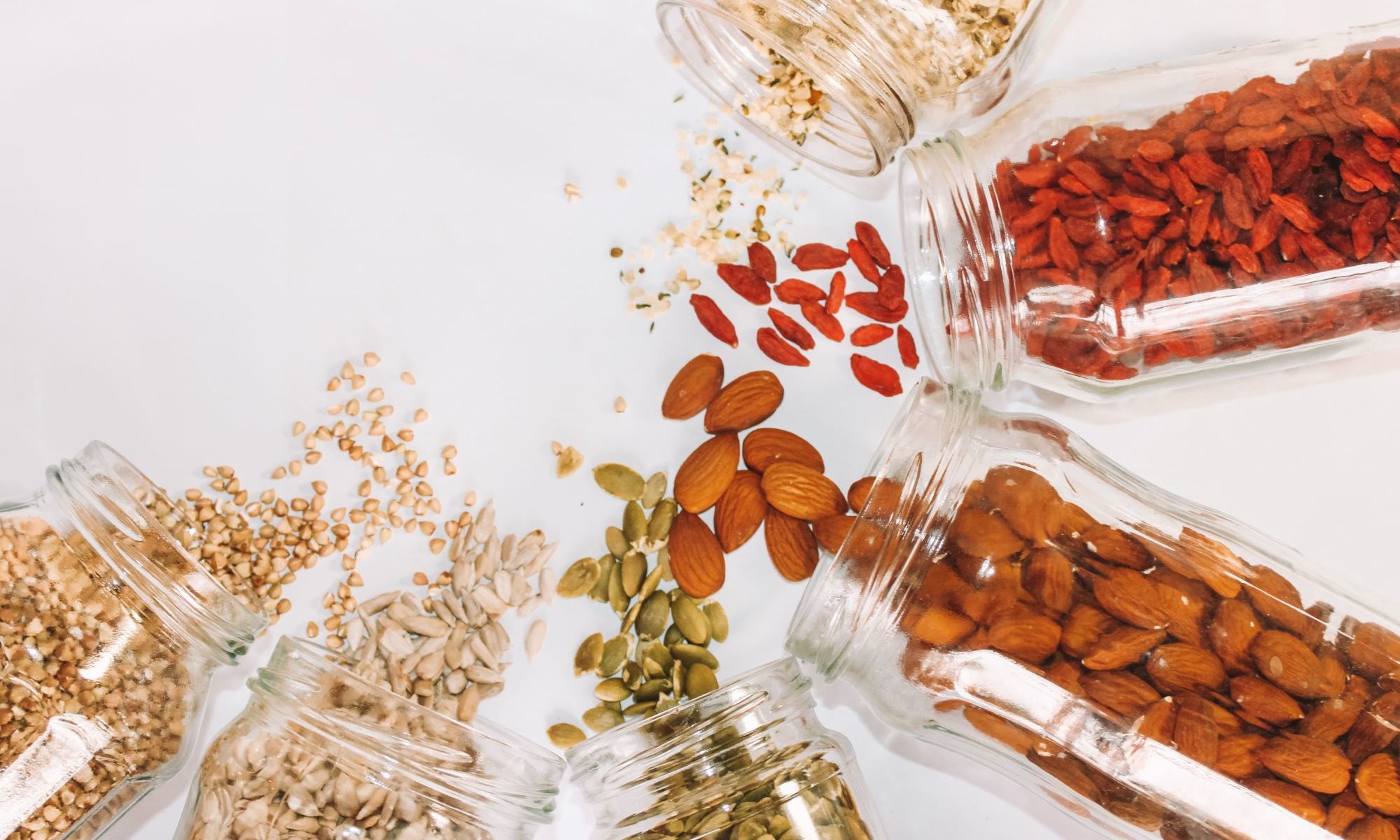According to the CDC, one in three adults does not get enough sleep. The standard requirement for adults is between six and nine hours, with seven and a half being the average. How much sleep do you get every night?
With the stresses of every day, many people find it challenging to fall asleep. That difficulty often leads to the inclusion of dietary supplements or sleep aids. However, some aids are less effective than others, and others can be addictive or dangerous.
Two potential sleep aids that have proven effective and safe are melatonin and CBD. To learn which is a possible solution for you, consider the pros and cons of each.
Providing a Natural Boost To Biological Production: Melatonin Advantages and Disadvantages
Melatonin is a hormone produced in the pineal gland. It is a chemical that helps your body regulate its sleep-wake cycles by telling your brain and system when it is time to rest. Melatonin supplements, then, help to boost your body’s natural production to help tell your brain it is time for bed.
While the sleep hormone is advantageous for travelers and people experiencing jet lag, it might not be the best option for everyone. There is evidence to suggest that some OTC supplements can have adverse interactions with prescriptions, so always talk to your primary care physician before adding melatonin to your nightly routine.
If you want to experience the most benefit from taking a melatonin supplement, you need to take it a few hours before bed. The supplement takes time to work, but unfortunately, once you take it, you will experience drowsiness after a couple of hours, which means you don’t want to get the urge to go out partying. Stay home and sleep.
[insert page='Offer' display='content']
The Versatility and Quickness of CBD: Pros and Cons
If the slow build and restrictions of melatonin bother you, you might want to consider CBD. The natural supplement is still in its infancy as far as learning about adverse reactions, but there aren’t any disturbing or profound findings yet. Nevertheless, to be safe, consult your doctor before using.
One of the significant advantages of CBD over melatonin is that CBD works quickly, typically within 10 minutes. Additionally, the supplement is known to help alleviate anxiety and minor aches and pains.
Because CBD does not contain THC, you can find it at grocery stores and other locations. You can also purchase it online and have it delivered legally. Additionally, you can find it in pills, vapes, gummies, and more, meaning there is an option for everyone.
Which is Right for You
The decision between a melatonin supplement or CBD is a personal choice. While CBD works faster with limited adverse side effects, some people might feel uncomfortable taking it. While a natural hormone produced in the body, Melatonin can interact with prescriptions when found in specific formulations. Before opting for any sleep aid, it is best to consult your doctor and ask their opinion.
Do you have experience with melatonin or CBD supplements? Have you experienced any adverse reactions? Leave a comment below and help keep the conversation going. While this article only addressed these two sleep supplements, do you have any other healthy tips and tricks for people suffering from poor sleep?










